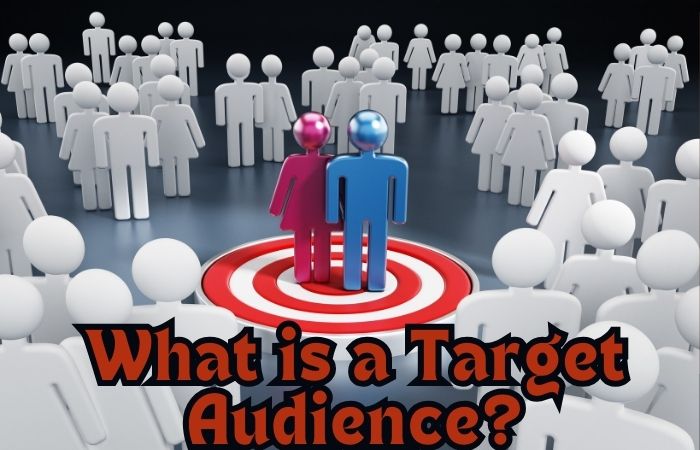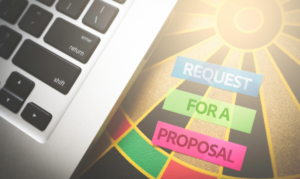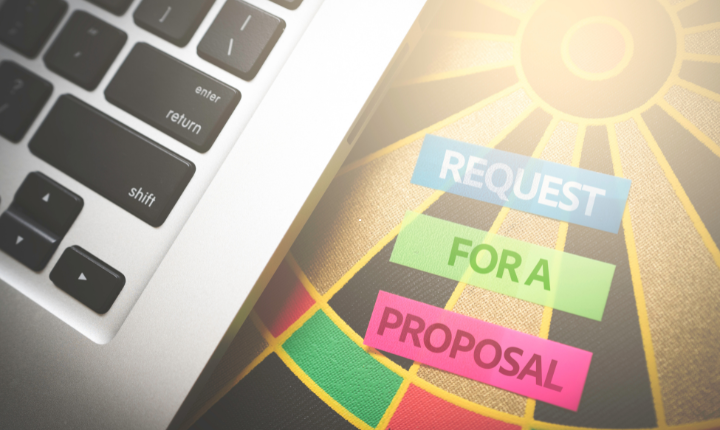One of the most critical steps in creating a successful marketing strategy is defining your target audience. Without a clear understanding of who your audience is, your marketing efforts can become ineffective and unfocused. By identifying and understanding your ideal customers, you can tailor your messaging, campaigns, and marketing channels to better reach and engage them. Here’s how to define your target audience for a successful marketing strategy.
What is a Target Audience?
A target audience is a specific group of people most likely to be interested in your product or service. They share common characteristics such as demographics, interests, behaviors, and needs. Knowing your target audience allows you to focus your marketing efforts on those most likely to convert, rather than wasting time and resources on a broad, untargeted group.
Why Defining Your Target Audience is Important
Defining your target audience helps you create more effective marketing strategies by:
- Tailoring your messaging to resonate with the right people.
- Focusing your budget and efforts on channels your audience uses.
- Maximizing your return on investment (ROI).
- Building stronger relationships with customers who are more likely to stay loyal.
Steps to Define Your Target Audience
1. Analyze Your Current Customers
If you’re already in business, start by looking at your existing customer base. Who are your best customers? What are their demographic traits (age, gender, location, income)? What products or services do they purchase most often? Identifying patterns within your customer base can provide valuable insights into your target audience.
2. Conduct Market Research
Market research helps you understand broader market trends and uncover details about potential customers. Surveys, interviews, and focus groups are useful tools for gathering information about customer preferences, pain points, and behavior. Analyzing competitors’ audiences can also give you an idea of who might be interested in your product or service.
3. Create Buyer Personas
A buyer persona is a semi-fictional representation of your ideal customer based on research and data. Personas should include:
- Demographics: Age, gender, education, income, and job title.
- Psychographics: Interests, hobbies, values, and lifestyle.
- Pain Points: Specific challenges or problems your audience is facing.
- Behavior: Purchasing behavior, preferred communication channels, and browsing habits. Creating detailed personas helps you understand who your customers are and how to effectively communicate with them.
4. Segment Your Audience
Once you’ve identified your target audience, you can further divide them into segments based on specific traits or behaviors. For example, you might have one segment of younger, budget-conscious customers and another segment of older, high-income customers. Segmenting your audience allows you to create personalized marketing campaigns that speak directly to each group’s unique needs.
5. Utilize Analytics and Data
Data from analytics platforms, such as Google Analytics or social media insights, can provide detailed information about who is visiting your website, engaging with your content, and making purchases. Use this data to refine your understanding of your target audience and adjust your marketing strategy accordingly.
6. Identify Pain Points and Needs
Understanding what problems your audience faces and how your product or service solves them is key to developing a successful marketing strategy. Talk to customers, review feedback, and analyze competitors to identify common pain points and needs that your business can address.
7. Test and Refine
Once you’ve defined your target audience, don’t assume it’s set in stone. People’s behaviors and preferences can change over time, and it’s important to continually test and refine your marketing strategy based on new data and insights. Regularly review your audience’s feedback, performance metrics, and changes in the market to ensure you’re still targeting the right people.
Conclusion
Defining your target audience is the foundation of a successful marketing strategy. By knowing who your ideal customers are and what they want, you can create more personalized, effective marketing campaigns that resonate with your audience and drive results. Remember to regularly analyze your data, refine your personas, and adjust your marketing tactics as needed to stay connected with your target audience.










